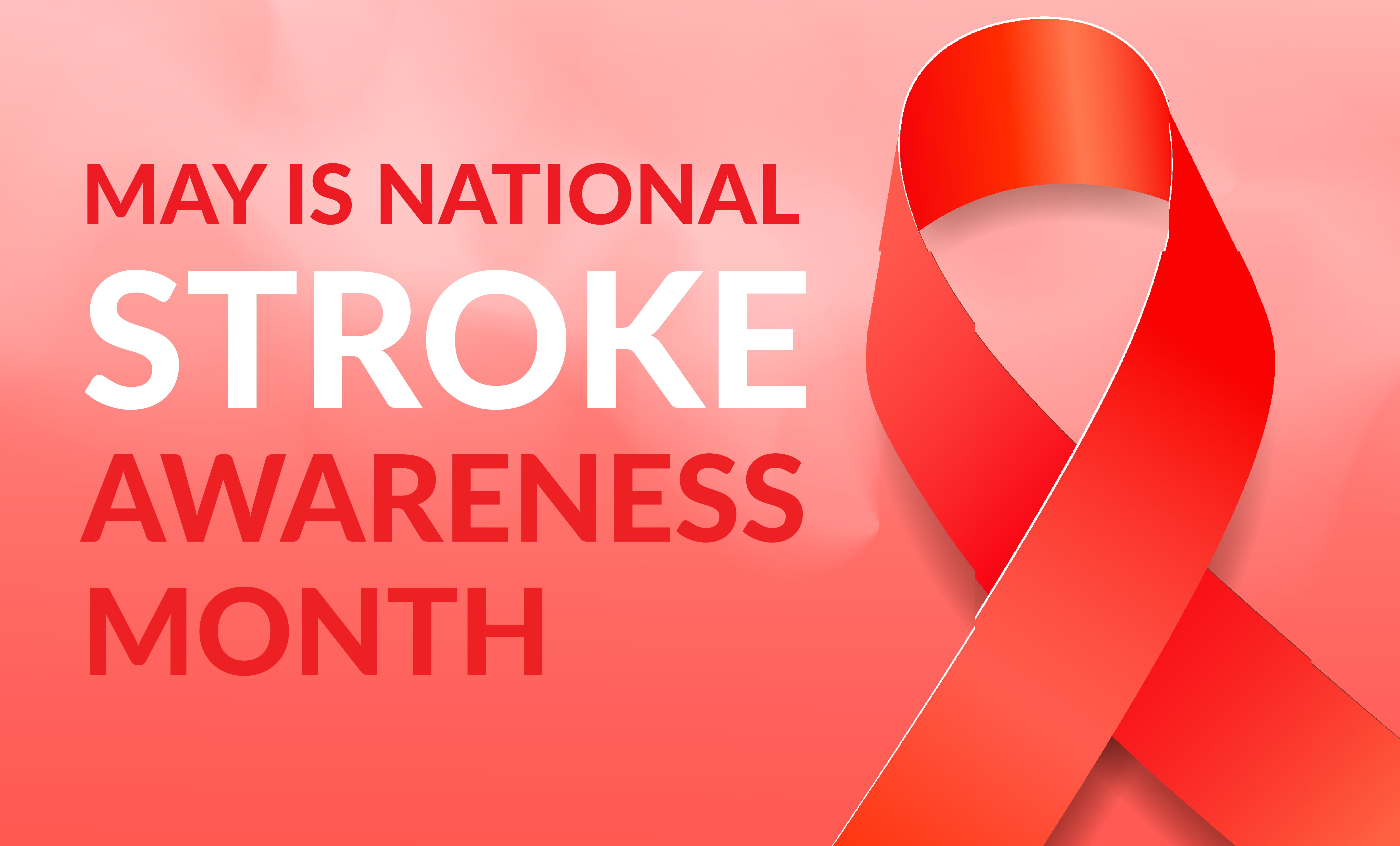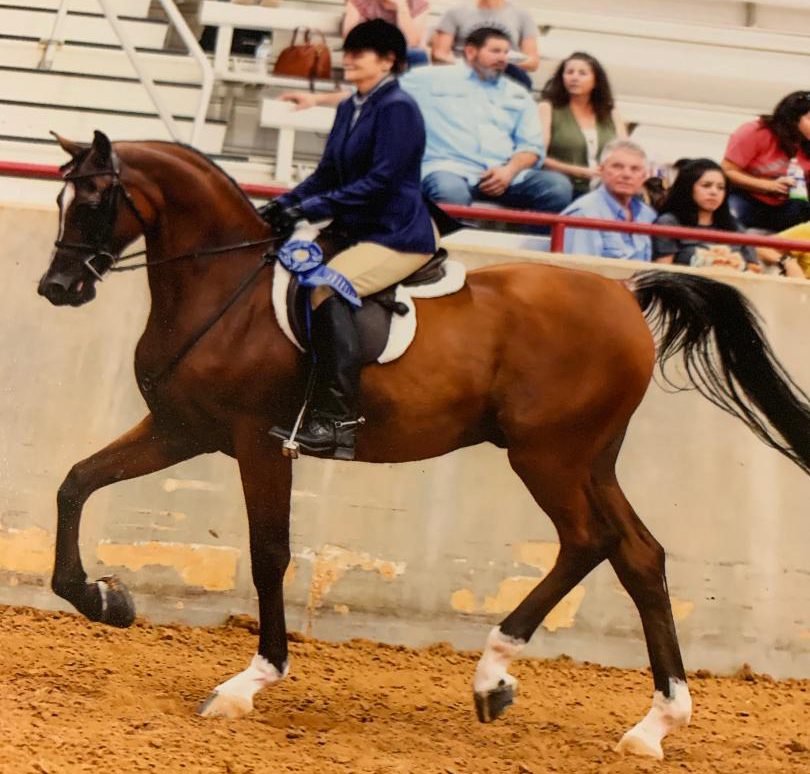Written By: Toni Patt, PT, DPT, NCS, GCS
 May is Stroke Awareness Month where we take time to raise awareness along with its risk factors and rehabilitation efforts. One of the hardest challenges when working with stroke patients is facilitating neuroplasticity to recover lost motor pathways. Each year in America, hundreds of thousands of individuals experience strokes, with estimates reaching nearly 800,000 cases, rendering it a leading cause of long-term disability and mortality, prompting a critical need for heightened awareness, prevention strategies, and effective medical interventions to mitigate its devastating impact on individuals, families, and healthcare systems. As therapists, we give commands, demonstrations, and encouragement. We give feedback on performance. We try to entice the stroke patient brain to complete the task. I’ve found instead of telling the brain how to do something, it’s better to tell it what to do and then let the brain figure it out.
May is Stroke Awareness Month where we take time to raise awareness along with its risk factors and rehabilitation efforts. One of the hardest challenges when working with stroke patients is facilitating neuroplasticity to recover lost motor pathways. Each year in America, hundreds of thousands of individuals experience strokes, with estimates reaching nearly 800,000 cases, rendering it a leading cause of long-term disability and mortality, prompting a critical need for heightened awareness, prevention strategies, and effective medical interventions to mitigate its devastating impact on individuals, families, and healthcare systems. As therapists, we give commands, demonstrations, and encouragement. We give feedback on performance. We try to entice the stroke patient brain to complete the task. I’ve found instead of telling the brain how to do something, it’s better to tell it what to do and then let the brain figure it out.
Telling the brain what to do forces it to solve the problem. In doing so the brain activates automatic intrinsic pathways creating greater activation overall. The brain activates what it needs, or at least tries, resulting in a greater motor response. Those subcortical intrinsic pathways improve movement.
 I’ve also found it matters what the task is. Brains must care about what they’re doing. Let the patient pick the task. I give choices. Ask them what they want to do. I’ve helped men stand in front of mirrors to shave. I have sat next to a lady on her bed to maintain balance while she Facetimed with her grandson in the Army. I brought my horse to work so patients could stand while feeding him treats. He loved going to work with me.
I’ve also found it matters what the task is. Brains must care about what they’re doing. Let the patient pick the task. I give choices. Ask them what they want to do. I’ve helped men stand in front of mirrors to shave. I have sat next to a lady on her bed to maintain balance while she Facetimed with her grandson in the Army. I brought my horse to work so patients could stand while feeding him treats. He loved going to work with me.
Feedback matters. I found defining good really helps. Since stroke patients base outcomes on pre-stroke levels, in their minds, they never do well. Defining a good transfer as not hitting the floor changes the discussion and opens the opportunity to provide feedback. Good can always be improved upon.
It’s important to let them struggle a little. The cerebellum will only correct movement when it senses a problem. If something is too easy or too hard the cerebellum doesn’t help. If someone is struggling it cues the cerebellum to join in. We learn from mistakes. We have to let our patients make mistakes to allow that to happen.
I hope you will take interest in joining me for my Summit Live Streams on June 8th and June 9th where we take a deeper dive into all things Rehab for Older Adults. Explore the courses below and join any or all that fit your schedule!
Evidence-Based Assessment and Treatment of Dementia
Effective Rehabilitation Strategies for Frail Older Adults
Visit summit-education.com for more information.
About Summit Professional Education
Summit equips therapists with better continuing education courses that provide CEUs while impacting patient outcomes. Find high-quality on-demand CE along with the largest offering of live options — including live webinars, live streams, and in-person courses. Want to deep dive on a topic? Summit offers hundreds of 6-hour courses for the most in-depth learning!
